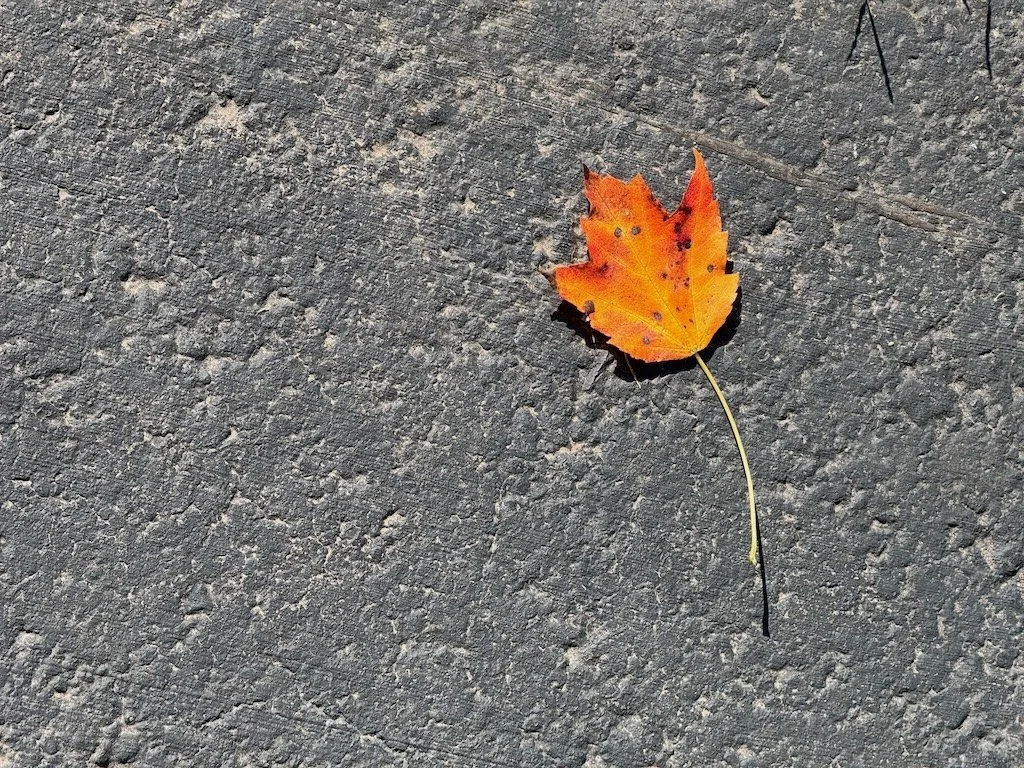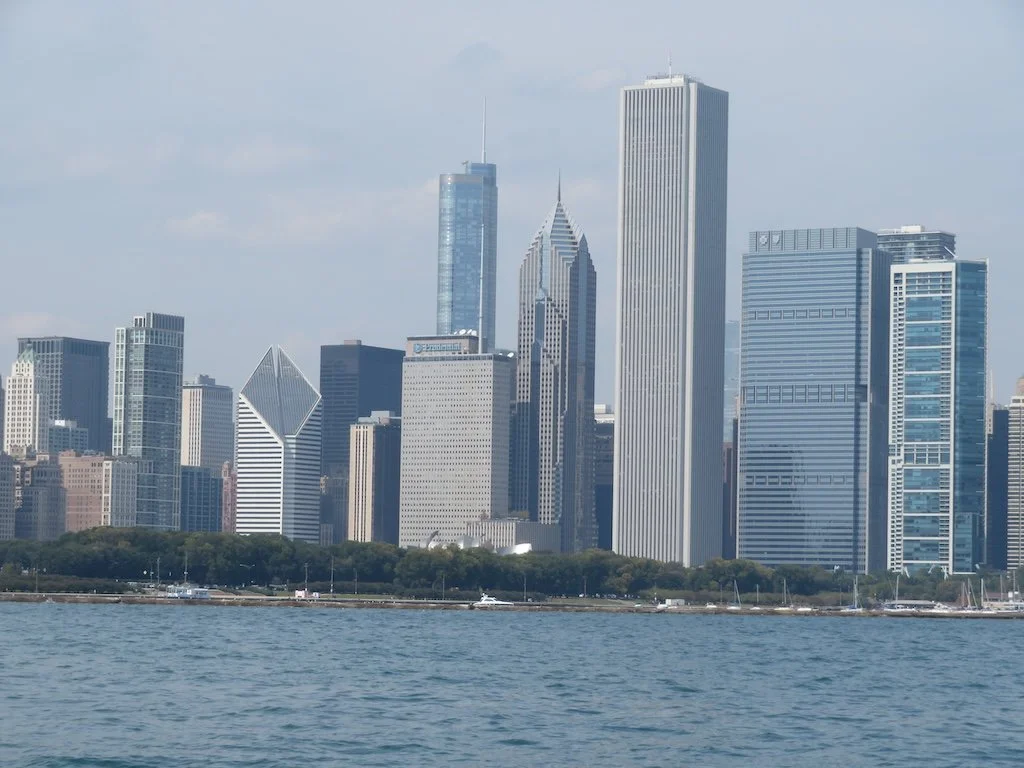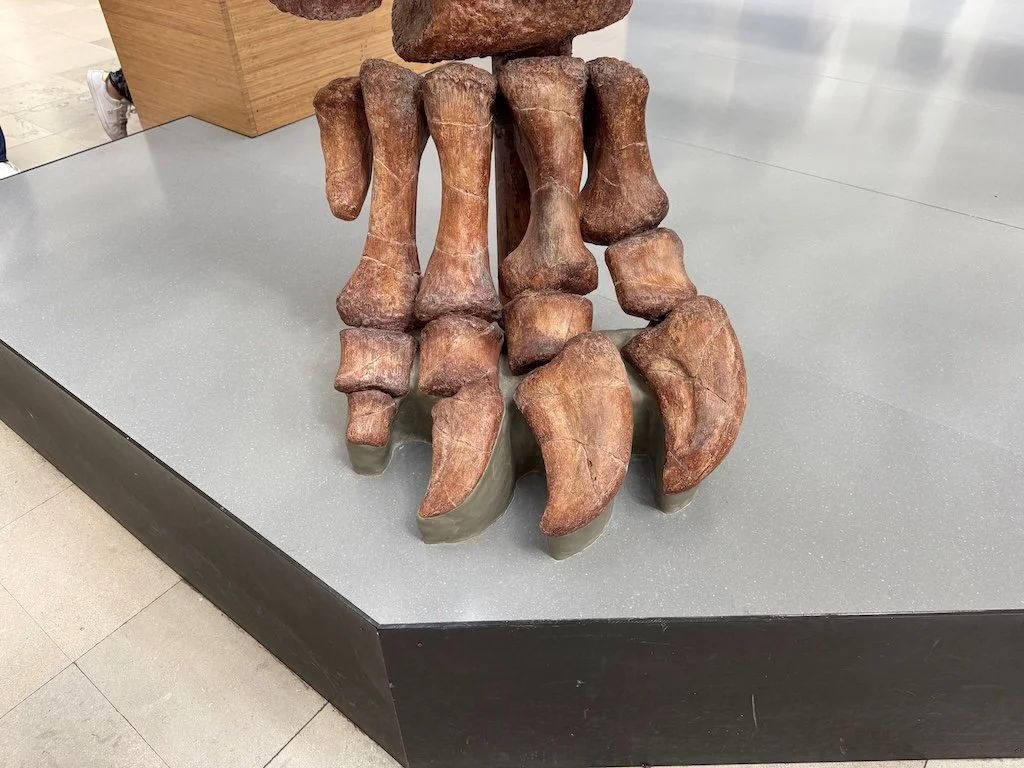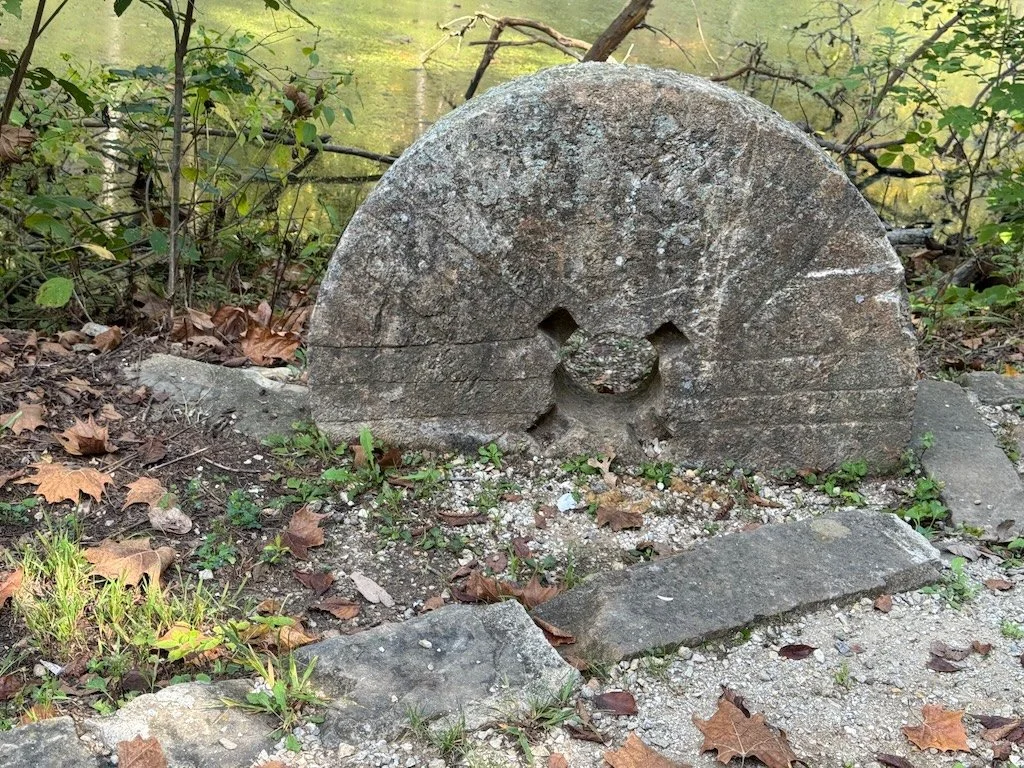Low Sodium Diet Journey - Part 4
/Canned soups are notoriously high in sodium. With a little planning, soups can remain a quick and low sodium meal. Here are a few tips:
- Start with a low sodium broth. I’ve found some cartooned broths (vegetable, chicken, beef) that are low sodium - but there are alternatives to consider like
- ‘No Salt Added’ diced tomatoes
- A watery smoothy of veggies previously frozen just before they went bad (i.e. never throw away wilted lettuce or carrots that have gotten too dry - freeze them until you make soup!)
- A strong tea
- Keep in mind that spices other than salt are welcome. There are a variety of ‘no salt’ blends too try. Some not traditional seasonings - like orange zest (make it yourself if you eat oranges!). Always keep garlic cloves on hand for soups.
- Total up the sodium of your ingredients to make sure the finished soup will still be low sodium. Meat, dairy, and some vegetables (like mushrooms and celery) will all add sodium.
- Sauté vegetables like onions, carrots, and celery prior to adding the broth and softer ingredients.
- Putting whole grains in soups avoids the sodium of eating them as breads. My favorites are buckwheat groats and quinoa.
- Always have homecooked beans (i.e. cooked without salt) beans in the freezer. They are a quick addition to just about any soup.
- Sometimes leftovers can be turned into soup. For example - if you make low sodium spaghetti sauce, then make a tomato soup (add water and seasoning to taste, heat, sprinkle with parsley and stir in a dollop of sour cream). Or for leftover stir fry chicken with onion and peppers, add a veggie broth with seasons and buckwheat groats or quinoa.
Previous Low Sodium Diet Journey posts are here.



















